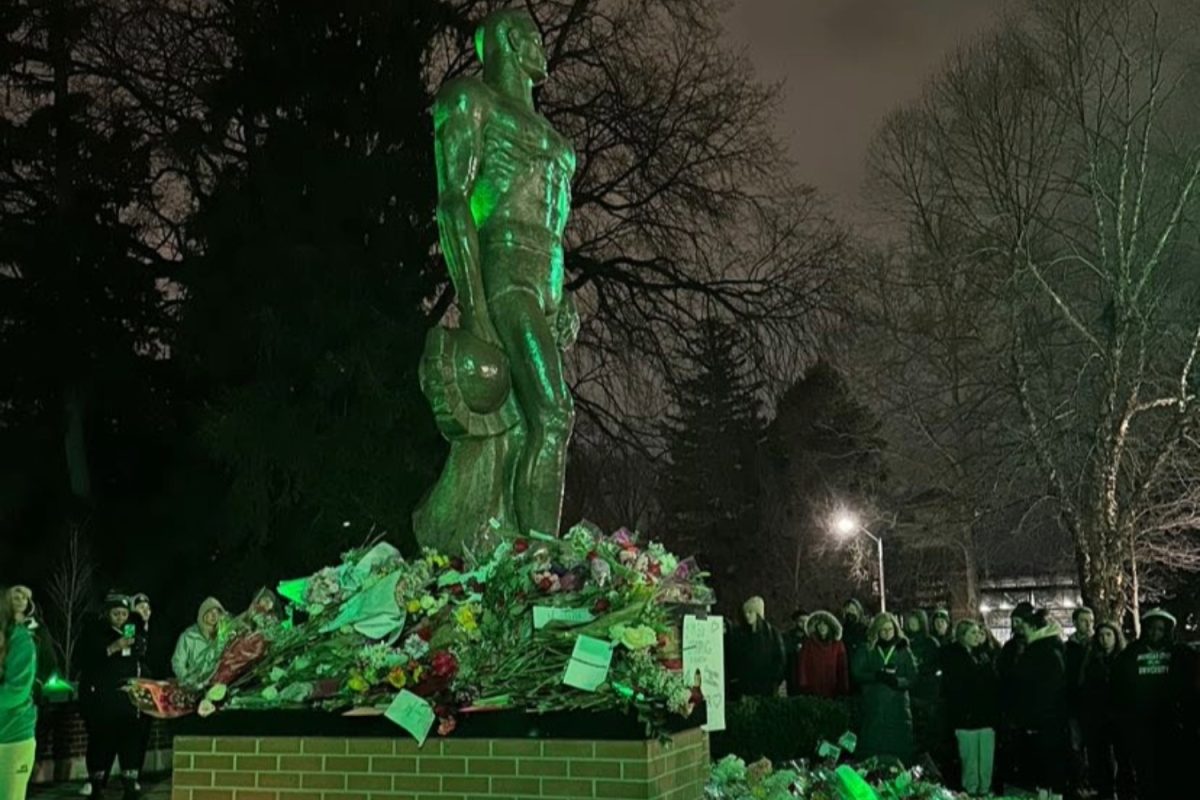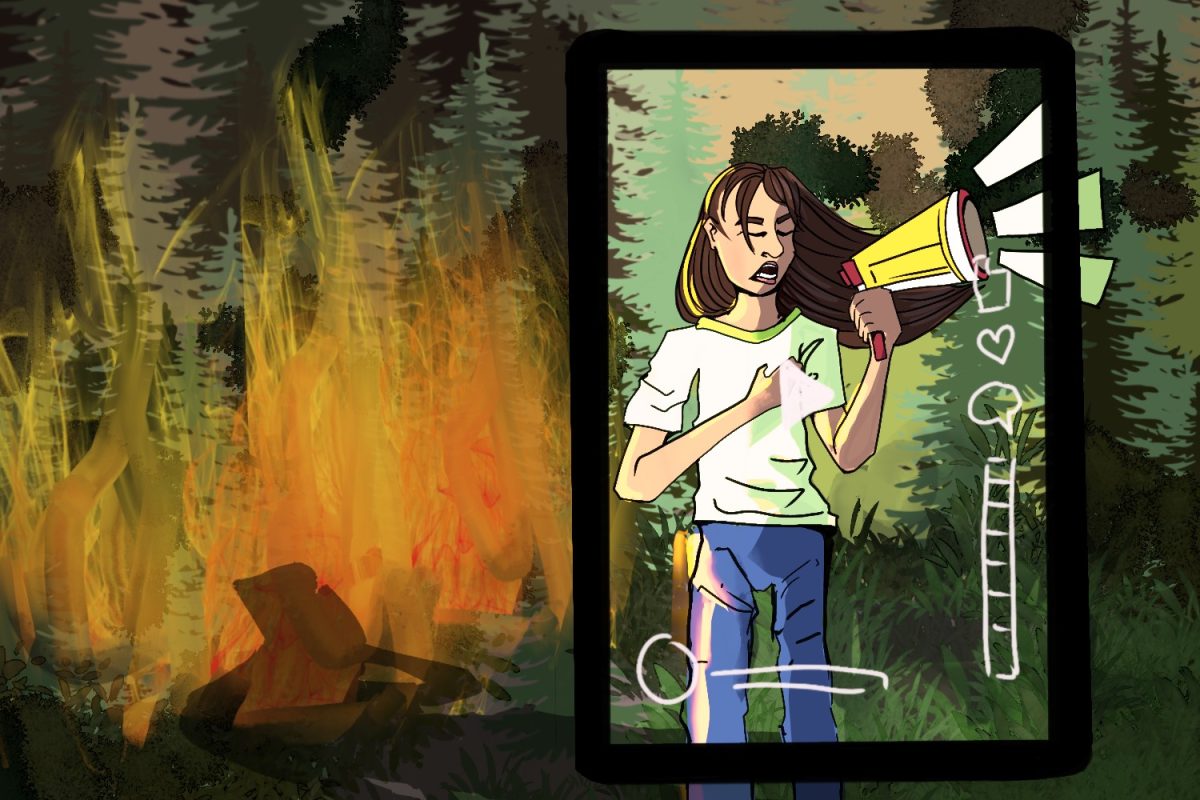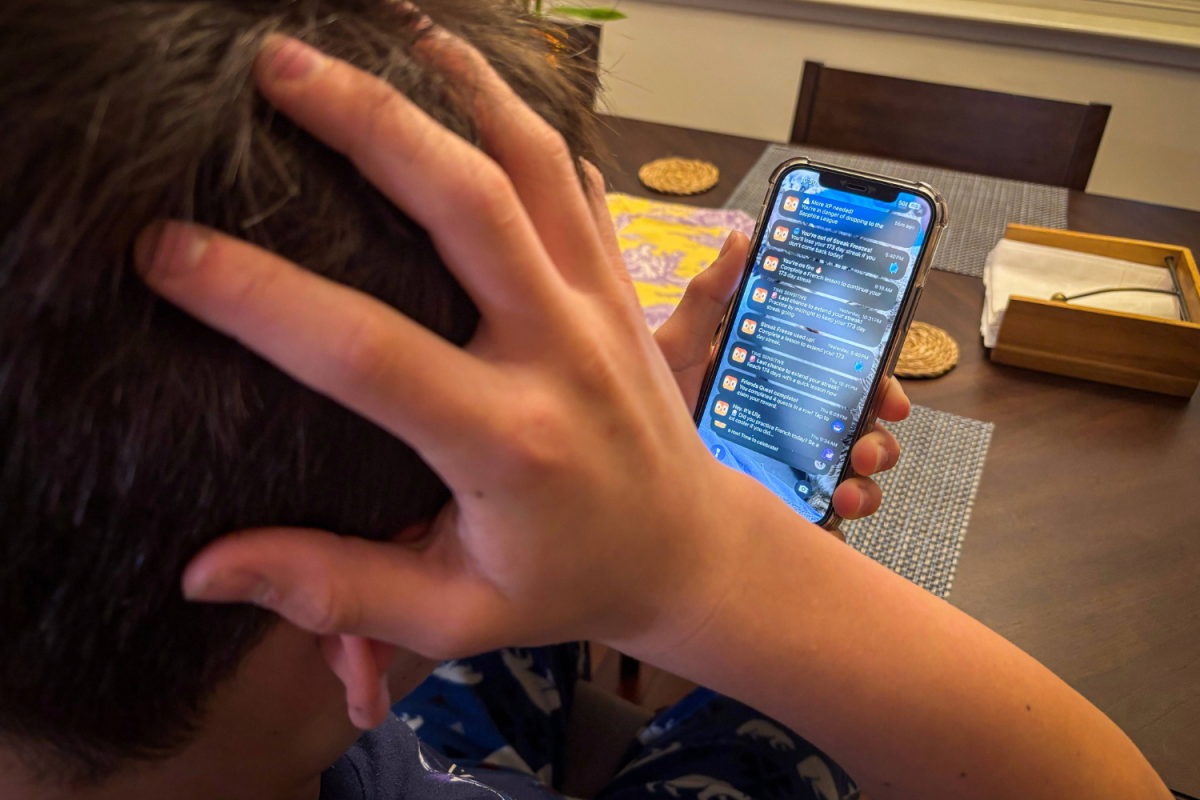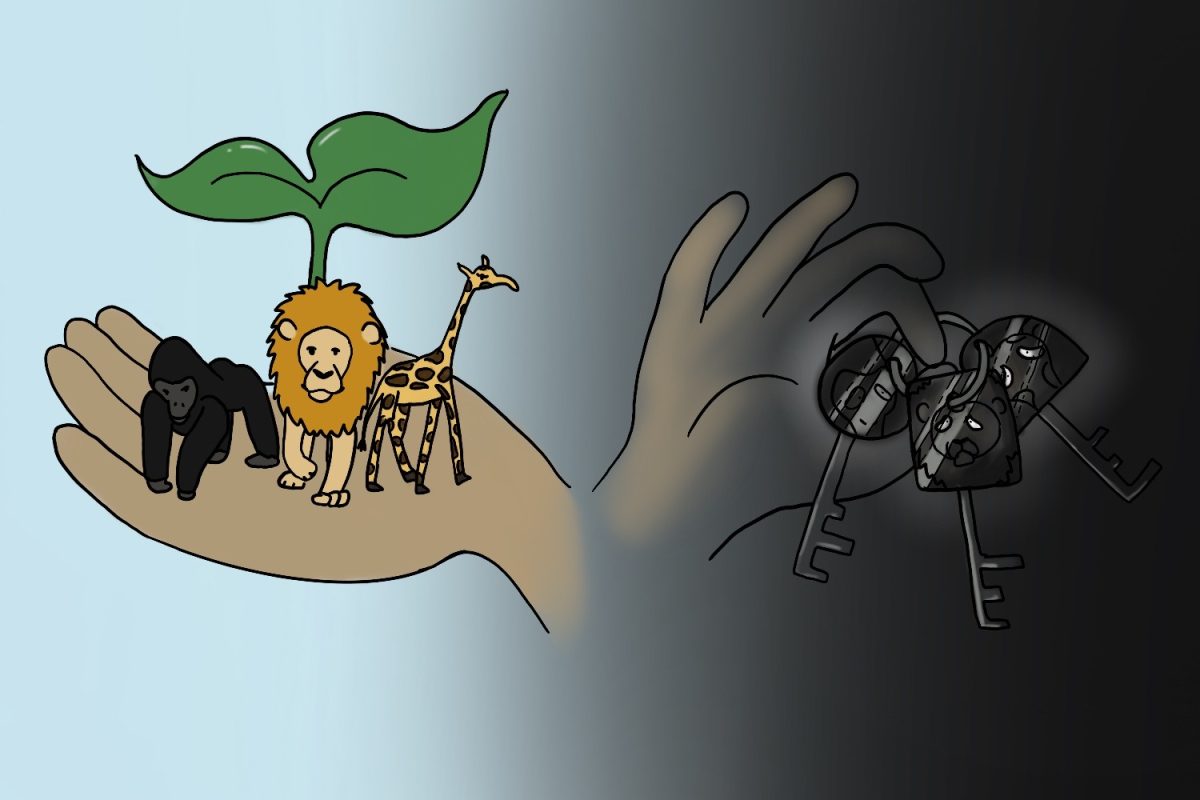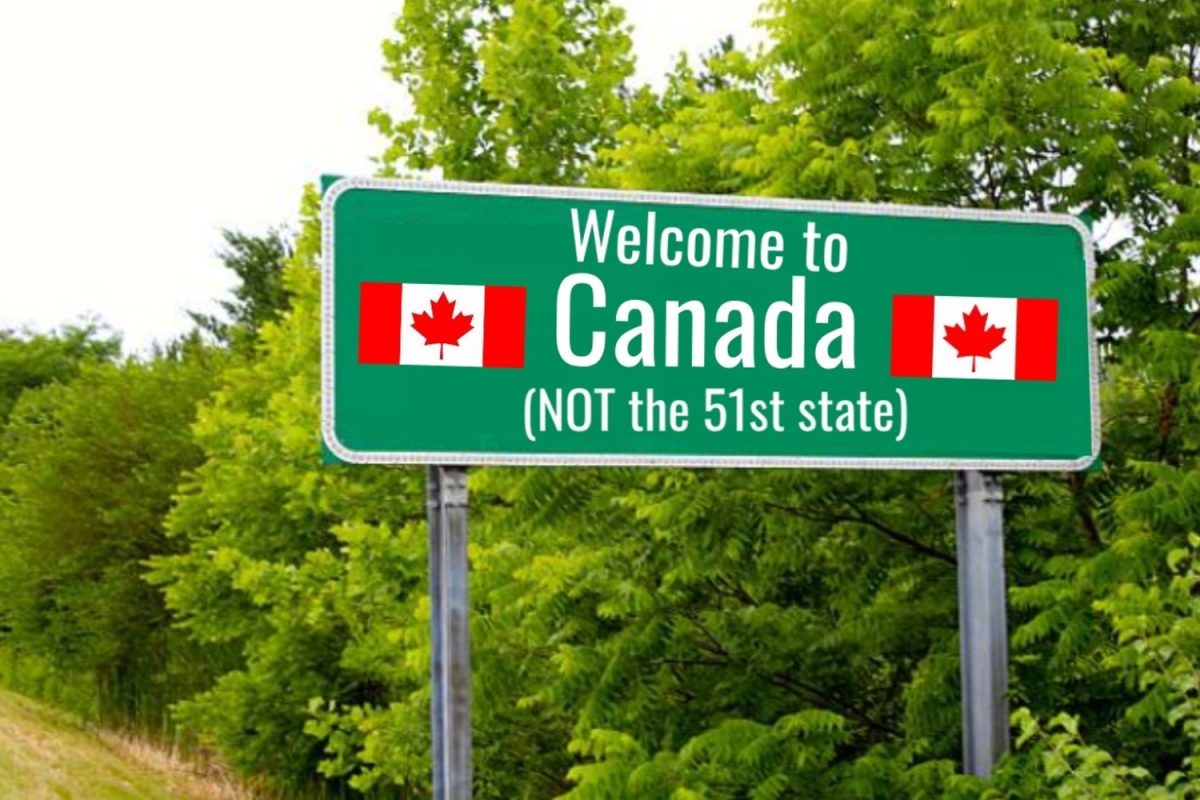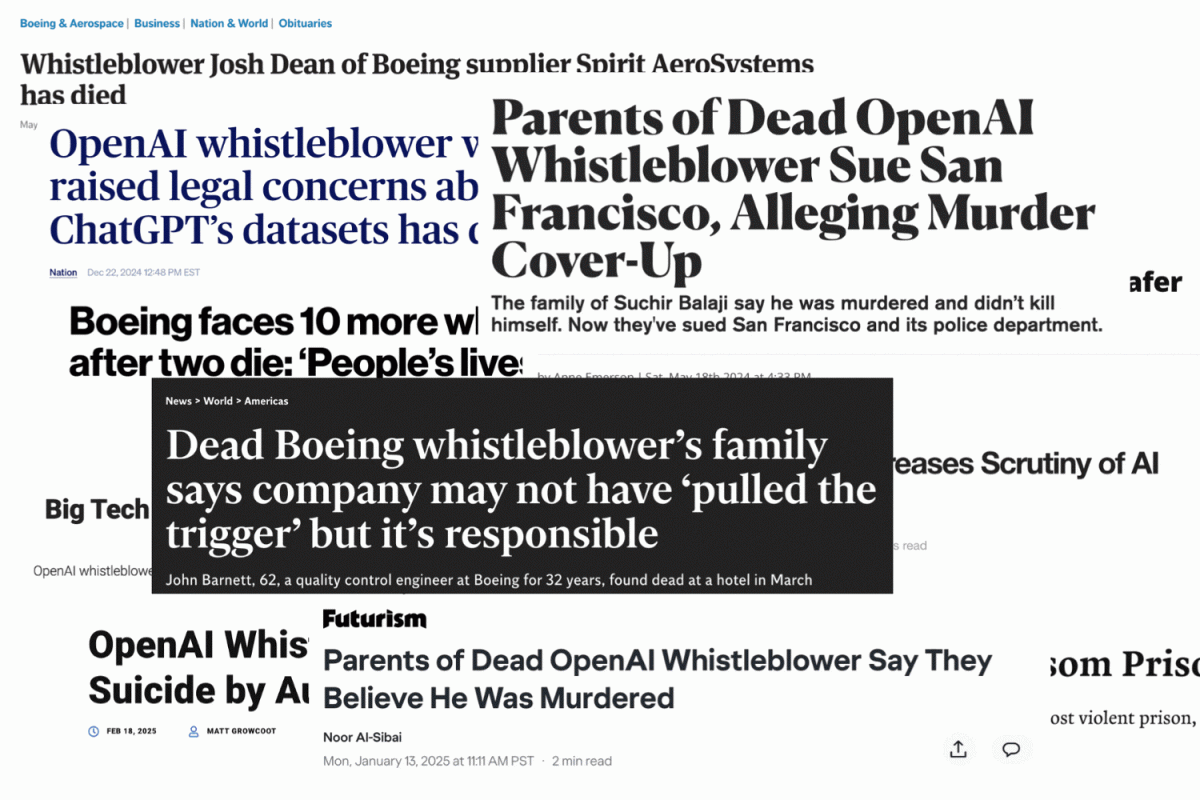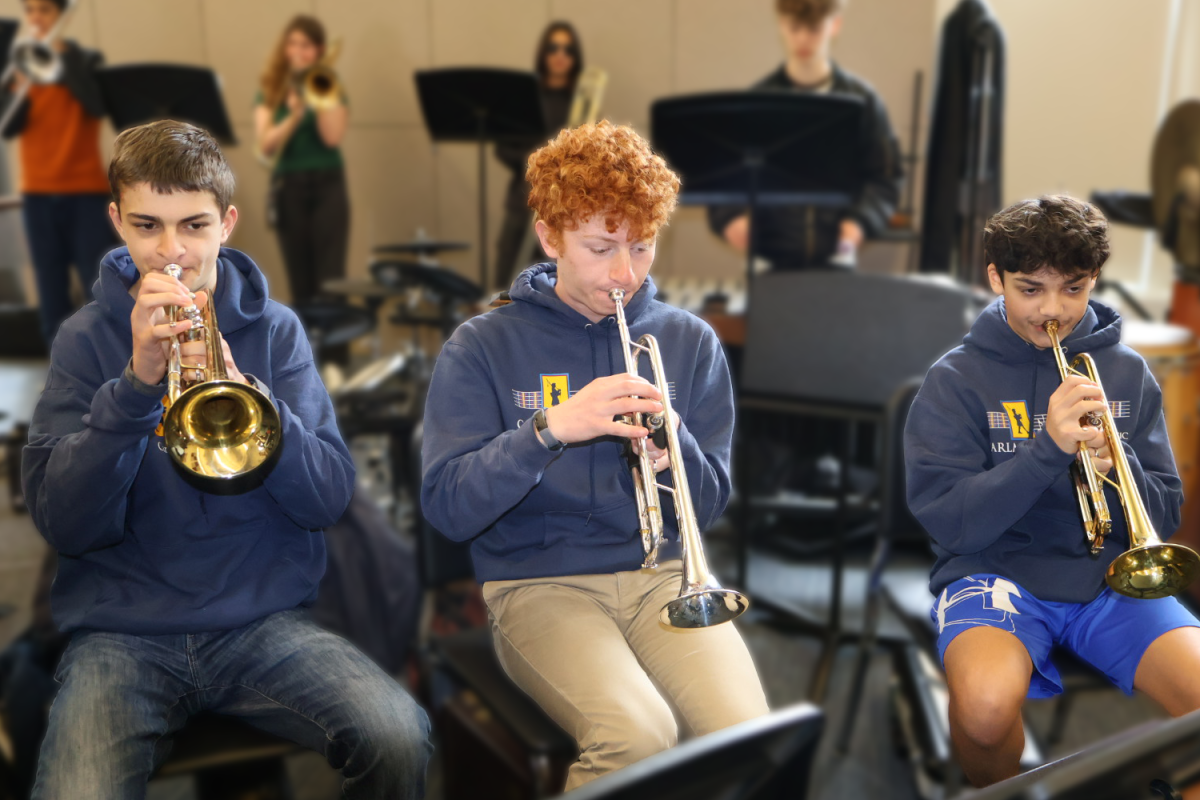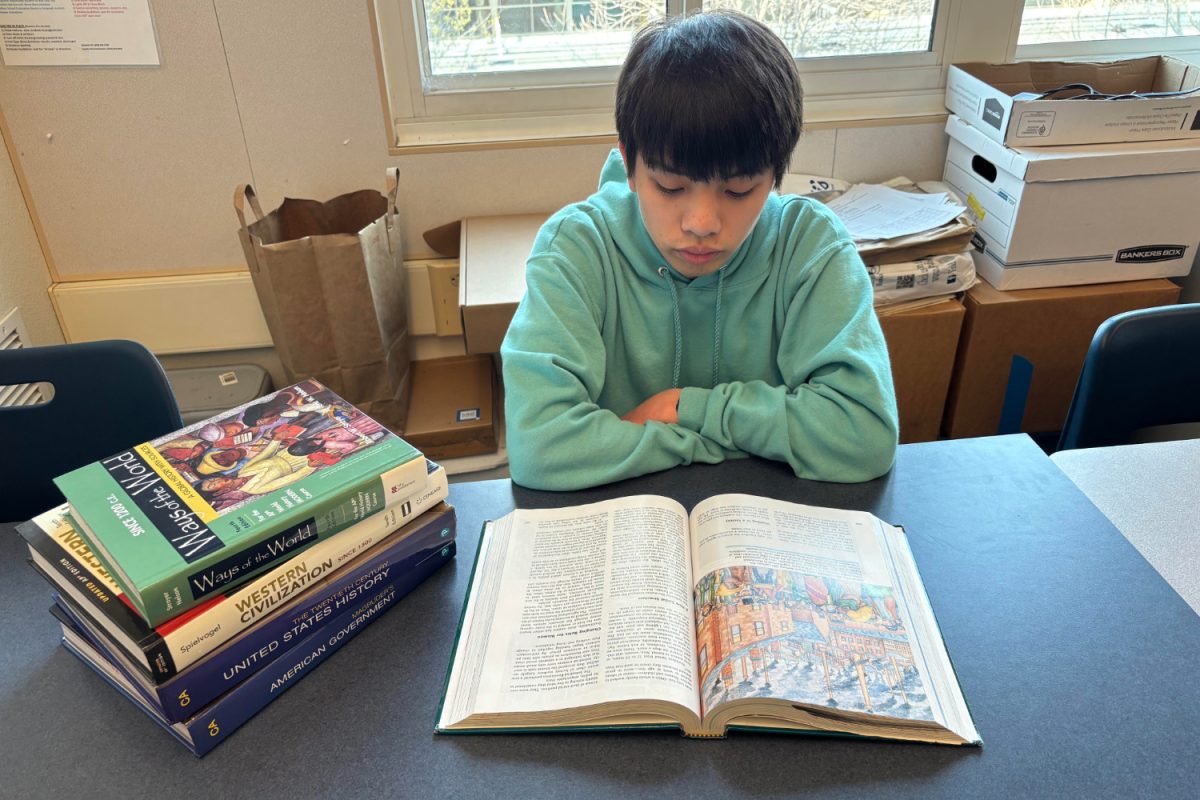“Mommy, I’m okay, but all my friends are dead” are not words you ever want to hear your 6-year-old child say.
Yet, on Dec. 14, 2012, the sole survivor from one of the classrooms in Sandy Hook Elementary School walked out, covered in blood, and told her mom exactly that, according to a press conference with Georgia Congresswoman Lucia McBath.
Twenty-six people were shot and killed that day, 20 of whom were children.
Now, 12 years later, this continues to happen. According to the Pew Research Center, more than 9,000 people have died in mass shootings in the United States since Sandy Hook. While politicians have offered thoughts and prayers and countless pieces of legislation have been proposed, people continue to die in mass shootings at an unprecedented rate.
While this is not a new argument, it is incredibly important, especially when the rate of mass shootings in the U.S. is compared to any other equally developed or economically equivalent country in the world.
For example, in the same time frame, approximately 160 people were killed in France from mass shootings, and in Germany, approximately 40.
Many people recognize the significance of this issue, but there is ongoing debate over what to do.
Up to 60% of shooters since 1970 have displayed some sign of mental illness prior to their attack, according to psychiatrist and researcher Jonathan Metzl. This leads some to suggest that to address the root of the issue, mental health resources are the most effective way to combat shootings.
Many schools do offer resources to help students who are struggling. According to Pew Research Center, 96% of schools offer mental health support, 55% of U.S. public schools provide students with evaluations for mental health disorders, and approximately 42% offer some kind of treatment for these disorders.
Moreover, mental health treatment has continued expanding. In July of 2022, the Biden Administration announced they were granting $300 million to increase school access to mental health services.
While mental health is clearly an important piece of the puzzle, and these numbers could still improve in order for mental health resources to reach more people, they are much more widely available than they ever have been in schools.
Yet, school shootings continue to be at their highest recorded levels, according to Clemson University researchers. No matter how useful mental health resources could be, if shooters did not have access to guns, people would not be killed.
Thus, focusing on the regulation of guns is the best course of action. According to Everytown, only 21 states require background checks on the selling of handguns, despite this being proven to reduce gun violence.
This is an effective starting place that can reduce the number of mass shootings, along with safe storage laws for where people keep the guns that they purchase.
There is no excuse for 12 children to be dying every day from gun violence when strict regulations can prevent this. As a country, the U.S. must step up to fix this before it’s too late.

